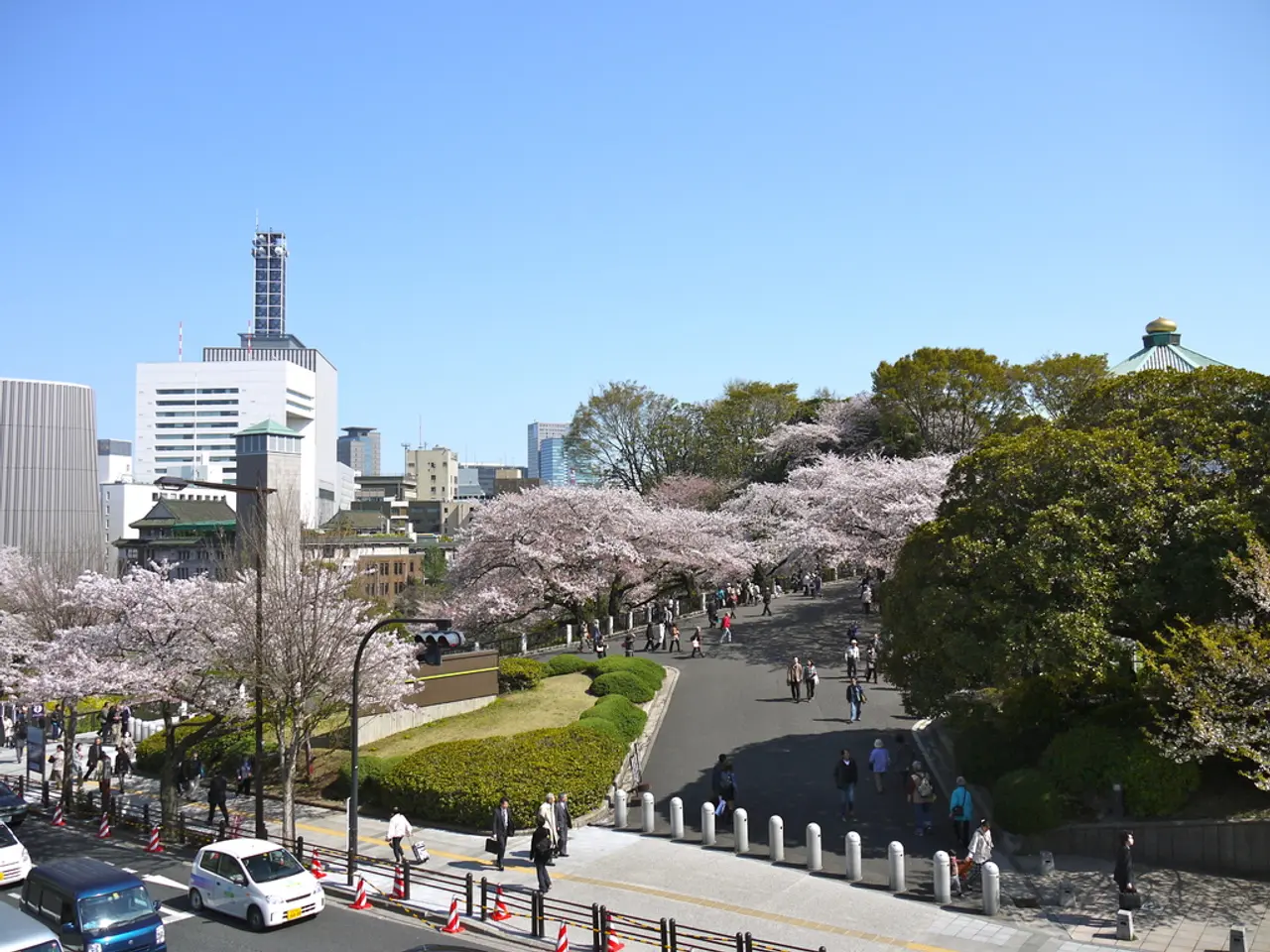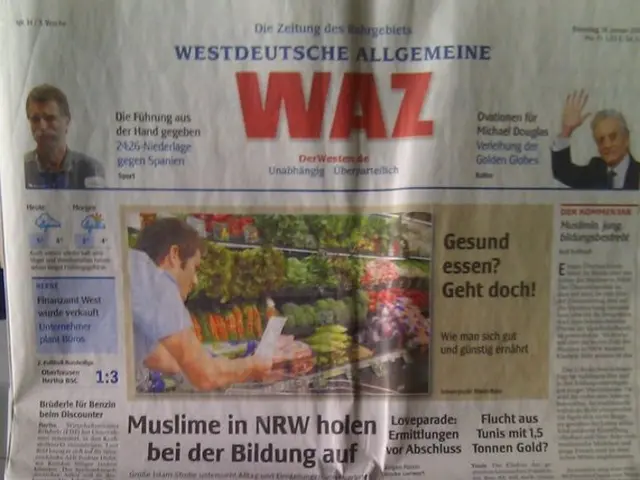If A8 is experiencing traffic, using alternative routes is forbidden.
In the picturesque Bavarian district of Rosenheim, exit restrictions and immediate traffic bans have been implemented on the A8 and A93 motorways to manage congestion, particularly targeting diversion traffic, especially trucks. These measures aim to alleviate traffic jams caused by block checks at Austrian borders, specifically in Tyrol, and improve the flow for passenger vehicles [2].
When heavy congestion starts developing, authorities restrict exit traffic on these motorways to prevent further backup on local roads. This has a direct impact on trucks and passenger vehicles traveling towards Austria, Italy (via the Brenner Pass), and Croatia, as these are key transit routes through Tyrol and across the Austrian-Italian border [1].
Recent block checks at the Brenner Pass and Austrian-Italian border resulted in extensive traffic jams—up to 80 km on the A93 and over 40 km on the A8—on the Bavarian side near Rosenheim [1]. To enforce these restrictions and manage traffic flow, about 90 patrols are involved [1].
In summary, exit restrictions on diversion routes on the A8 and A93 are active during congestion to reduce local traffic jams in Rosenheim district. They especially affect truck traffic heading towards Austria, Italy, and Croatia via Tyrol. The result is significant queueing and longer travel times, with major traffic jams recorded recently due to Austrian border checks [1][2].
The exit restrictions will apply to both car drivers and trucks. A total of ten exits on the A8 and A93 motorways will be affected by these closures [2]. The district of Rosenheim could become a model for other affected districts, as there are already many inquiries from other districts [2]. Austria has ordered metering traffic in the region, and single-lane community roads were blocked during the extreme conditions [1].
The ADAC South Bavaria assumes that the bans will have a signal effect for other regions. District Administrator Otto Lederer (CSU) announced exit restrictions for diversion traffic on the A8 and A93 motorways in the Bavarian district of Rosenheim during congestion [2]. The exit restrictions will start from Friday and will be applied every Friday to Sunday, as well as on public holidays [2].
The police will monitor compliance with the exit restrictions, with fines threatened for violations [2]. The A8 and A93 motorways are main axes for travel traffic to Austria, Italy, and Croatia [2]. The model for this measure is the Austrian federal state of Tyrol, where similar regulations have been in force for some time [2].
The closures will not affect people with destinations in the region [2]. During the extreme conditions, 40-ton trucks were driving over field paths [1]. There are already diversion bans for trucks in the region when there is congestion on the Inntal motorway in Austria [1]. The Munich-Salzburg motorway will have exit restrictions for diversion traffic at a total of 10 exits (8 on A8 and 2 on A93) during congestion [2].
Fines may be threatened for those who do not adhere to the exit restrictions [2]. The exit restrictions are being introduced for the first time nationwide [2]. Residential areas were congested during the extreme conditions [1]. The closures are a response to extreme conditions in the spring that paralyzed the entire region within a radius of up to 20 kilometers [1]. Signs on the motorways and roads will indicate the exit restriction [2].
- The exit restrictions on the A8 and A93 motorways, introduced in Rosenheim district, specifically target diversion traffic, including trucks, as these are key transportation routes for travel towards Austria, Italy, and Croatia.
- Austria, taking a cue from Tyrol where similar regulations have been in place, has ordered metering traffic in regions experiencing congestion, and blockages on single-lane community roads during extreme conditions.
- In response to extended traffic jams caused by block checks at Austrian borders, particularly the Brenner Pass, and to manage the flow for passenger vehicles, public-transit systems, and automotive traffic, authorities enforce policies and legislation that include exit restrictions.
- Rising from a need to address the impact of congestion on general-news topics such as transportation, finance, and politics, these measures aim to reduce public-transit delays and improve traffic flow during congestion, ultimately benefiting the industry as a whole.




